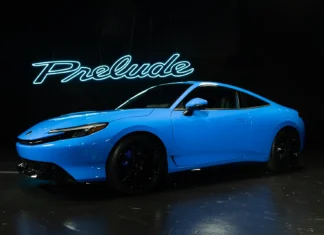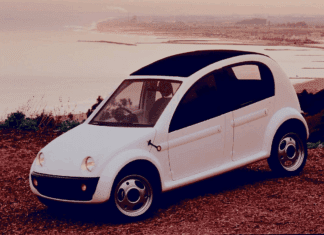Let’s be clear about one thing. I have no idea what a non-initiate, someone who has no idea who Senna was, would think about this film.
Yes, it won a Palme d’Or at the Cannes Film Festival this year. But this was in Europe, before an audience that actually follows Formula 1, the way most Americans follow NFL football, or Dancing with the Stars. The fact is that, around the world, the drivers in Formula 1 can’t walk down the street without being accosted in hero-worship. The same individuals wouldn’t be accorded so much as a nod on an American street.
Like many of you who read this site, I actually was watching a telecast of Senna’s final race at Imola, live, on Speed. I saw the crash happen. I found myself standing up, staring in disbelief at the TV set, yelling at the screen, to get him out of the car, get him on the stretcher, get him in the helicopter, get him out of there.
And the helicopter sat, parked, right on the track, the race stopped… for, like, forever. And you knew, anyone who was watching knew, it was all over.
This is what the film builds up to. Through clips, reminiscences from friends, family, teammates, team owners… we, we followers of the sport, we know who they all are.
Or thought we did. Which is what elevates the film for the enthusiast, and makes it truly remarkable.
Had any of us ever actually heard Jean-Marie Balestre elocute so bombastically? Heard the actual interplay between Senna and Prost? Senna and his father? His mother? His sister?
No, the film really stands out for taking us that much farther into the realm of this man’s talent, the complexity of his personality and, ultimately, the vastness of our loss.
There’s Jackie Stewart, himself a three-time world champion, asking him if he took unnecessary chances on the track. And Senna answered by saying, Jackie, you, of all people, should know that when a racing driver sees a hole, he goes for it. If he doesn’t, he’s not a racing driver.
Theres’s Senna at several pre-race drivers meetings, demanding changes to the track, for safety.
There’s the interplay between him and Ron Dennis, before Senna’s last race for McLaren. Dennis asks him to give his all, as he’s always done, and Senna says, Ron, you don’t have to ask me. That has always been my intent. That will be my intent today.
And he wins the race, in a car that’s clearly not the fastest.
Perhaps most of all, there’s the otherworldly in-car camera. This is where Senna’s genius comes together. Today they mount the in-car camera on the roll-bar, above the driver’s head. Here, for some reason, the camera is mounted just beside the driver, next to him. Which gives a truly mind-bending perspective, because you can see the track… and see the steering wheel… at eye-level.
So, on a track like Monaco, it’s a visual kaleidoscope. It’s disorienting and humbling to watch, the speed at which everything is happening. A human can’t possibly control the… but this guy is actually extracting everything the car has to offer, and more.
For us, for us fans, that was the ultimate genius of Senna’s life. And the film does it justice.
*Editor’s Note: This review was written by Dick Badler…one of the newest members of the Rocky Mountain Automotive Press. When not driving or writing about Porsches, Badler contributes to TFLcar.com.
Follow on twitter @TFLcar or watch latest car
review videos on YouTube.























